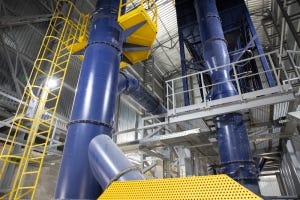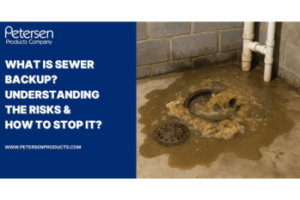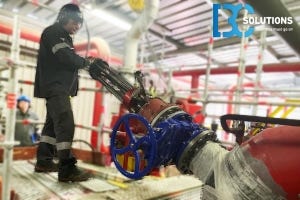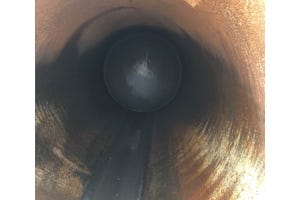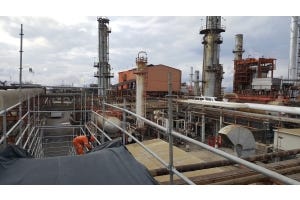3 Different Forms of Pipeline Testing

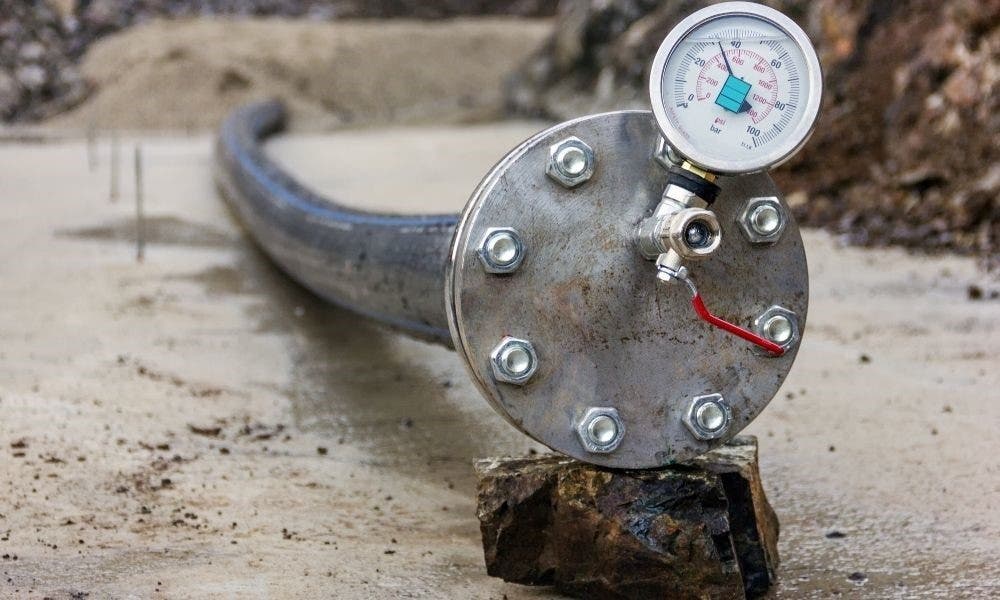
Pipeline workers use different forms of pipeline testing to analyze the integrity of their pipes. Learn more about these pipeline integrity testing methods with this guide.
Oil and gas companies must be diligent about the quality of their pipelines. Consistent monitoring and maintenance are crucial in preventing cracks, leaks, and other hazards throughout a pipeline’s lifespan. There are many different pipeline testing methods that pipeline operators can use to identify trouble areas before they become expensive and dangerous issues. From magnetic flux tools to pipeline pressure testing equipment, here are the resources and methods pipeline operators can use to evaluate the integrity of their pipelines and promote better preventative maintenance.
3 Pipeline Integrity Testing Methods
1. Ultrasonic Tests
Corrosion and other forms of degradation can cause walls to grow thin and lose their integrity over time. Knowing the exact thickness of a pipe wall is crucial in determining the kind of pressure it can hold and the amount of structural support it can offer to other pipeline components. Pipeline operators can determine the thickness of a pipe wall through ultrasonic testing, which sends high-frequency sound waves through the pipe’s interior. Professionals will then measure the sound wave as it travels and bounces off the pipe walls. With this information, they can accurately determine the thickness of the pipe walls and identify any areas that contain corrosion and other imperfections.
2. Hydrostatic Tests
Hydrostatic tests are some of the most common pipeline testing methods. During a hydrostatic test, pipeline workers fill an isolated section of pipe with water, pressurizing the pipe until it’s slightly above its normal pressure requirement. Workers then hold the pipe at that pressure level and record information about the volume and pressure levels within the pipeline. If these levels drop unexpectedly, operators know that there is a leak somewhere in the pipe. They can then inspect the pipe for cracks or other flaws that are causing the problem.
3. Magnetic Flux Tests
Magnetic flux tests use electronic tools known as magnetic flux leakage tools to measure metal loss from corrosion, gouges, and other issues. During a magnetic flux test, pipeline workers use these tools to apply a temporary magnetic field within the pipe. As the magnetic flux tool passes through the pipe, workers monitor the magnetic field for changes. If the pipeline has zero imperfections and is operating perfectly, the magnetic field will be uniform. Any anomalies that change the distribution of the magnetic flux will indicate metal loss or other defects. Sensors in the magnetic flux tool measure these anomalies so that pipeline workers can identify problem areas and determine the best way to fix them.
The information may be used but with no warranty or liability. This information is believed to be correct but should always be double checked with alternative sources. Strictly adhere to and follow all applicable national and local regulations and practices.









